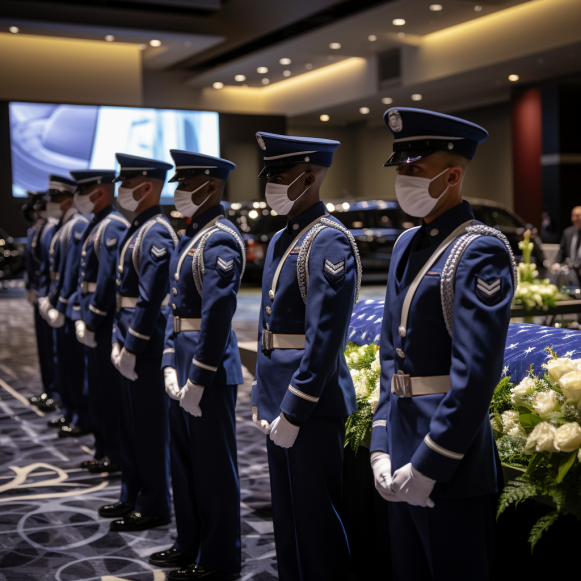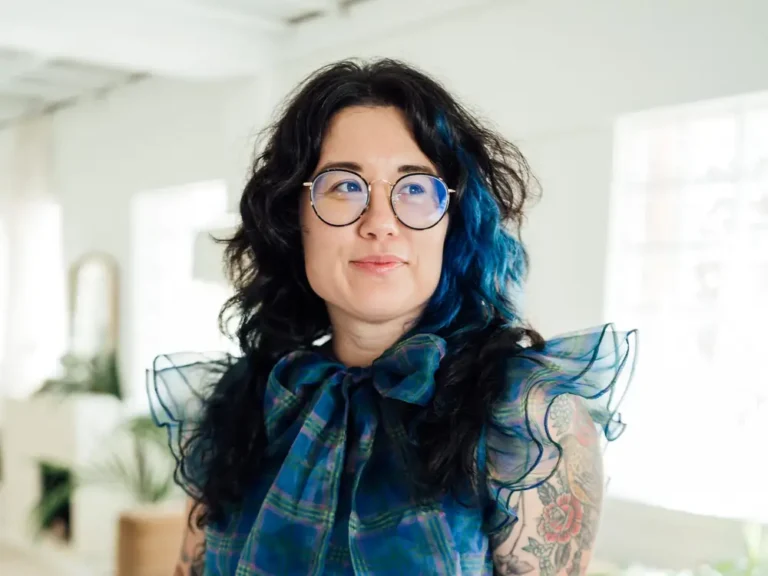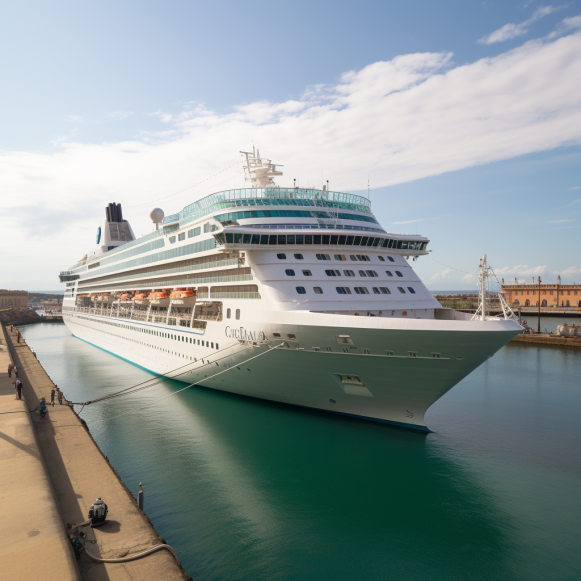Cookies and corpses: Inside the world’s biggest death convention

It’s nearly noon, and we’re learning how to keep a deceased relative in our pocket.
“The average person is about 40-80 stones,” says Justin Crowe, the slim, mustachioed founder and CEO of Parting Stone, a company that transforms the ashes of the deceased into rock-like formations of various shapes and sizes that you can hold in your hands without getting ashes on your fingertips, or perhaps skip the dearly departed across their favorite lake someday.
A few feet away, Garrett Ozar explains how his company transforms human remains into gemstones.
“What we do is get a small amount of remains or hair from a family,” says Ozar, co-founder and co-CEO of Eterneva, which makes memorial diamonds. “We extract carbon from that inside a machine that emulates the Earth’s crust — it’s like 600,000 pounds of pressure, 3,000 degrees of temperature — and the carbon atoms literally bond together in a real diamond.”
A woman’s voice can be heard over the public address system.
“Welcome to Las Vegas, baby!” exclaims she. “And, of course, the NFDA Convention.”
Those initials stand for the National Funeral Directors Association, and we’re in Las Vegas for the world’s largest funeral services gathering, now in its 141st year since its inception in Rochester, New York in 1882, with 380 vendors and 5,000 attendees crammed into the Las Vegas Convention Center’s West Hall for three days early last week.
It’s a labyrinth of urns shaped like bowling balls and motorcycle gas tanks, high-end hearses polished to a gleaming sheen, and jewelry adorned with the dead’s fingerprints.
Of course, this being Vegas, there’s a skeleton dressed as Elvis hawking embalming chemicals and the like.
The subject matter is dark, but the mood is light: It turns out that the end of life can be the start of a good time — in the right setting, for those who deal with all the ugly stuff that the rest of us pass on to people like these.
“It’s fun to be around a bunch of people who understand the death-care experience,” says Crowe. “You’re at dinner, and someone at the next table is talking about their funeral home and spending time with families, and you’re like, ‘Oh, I know that stuff.'” That’s hard to come by anywhere else.”
Then he asks the question we’re here to answer.
“How does it feel to be at a death conference?”
Corpses and cookies
“Everybody has a gimmick.”
So says Jimmy Olson, funeral director of the Olson Funeral Home & Cremation Service in Sheboygan, Wisconsin, who wears a red-and-grey bowtie and appears to know everyone here by first name.
He’s been attending the convention for 20 years and serves as an NFDA spokesperson.
We’d just passed a booth from a health insurance company that was giving away free glasses of champagne to entice passersby, which explains Olson’s observation.
On one level, this convention is similar to most others in that the goal is to get as much foot traffic as possible to your booth in order to sell whatever it is you’re trying to sell, whether it’s funeral streaming platforms or recycling services for all the gold teeth and titanium hips left over from cremation.
Of course, honey attracts more flies than vinegar, which explains the free Bloody Marys at the Advocacy Division booth, the pooch-adorned tubes of lip balm at the Ultimate Canine therapy dog station — which featured a trio of excitable pups to pet — and photo ops with a trio of women dressed as giant flowers, complete with petal-headdresses, to garner attention for a funeral insurance company.
We discovered not one, but two putting greens — and, of course, a cookie baking station.
What did we miss?
Surprisingly, there were many caskets.
According to Olson, the majority of Americans — 65 percent nationally — now prefer cremation over traditional burial, with the former surpassing the latter in 2013.
However, this figure varies across the country.
“You’ve got states like California, Oregon, and Washington that are almost 100 percent cremation,” he explains. “Traditional burial is still very common in Florida, Arizona — retirement communities — and the Midwest, the Bible Belt, with more religion and church traditions.”
“Most people bury or scatter them; take them home and put them on a mantel,” he says of cremation ashes. “However, there are some new ideas.”
‘A never-ending adventure for the deceased’
His father’s dying wish was to be buried in a beer bottle at sea.
When Matt Greene’s father died two years ago, he planned to do as his father had requested: place his father’s cremated remains in some empty Corona bottles.
“I did what everyone else did, I had his ashes, set them on my gun safe for six months, nine months, and I’m like, ‘I need to do something,'” he recalls, his North Carolina roots emphasized by a Southern accent. “So I came up with this new concept.”
Greene purchased a small Plano dry box to hold his father’s remains, attached a GPS tracker to it, tossed it into the ocean, and then documented its journey on Facebook.
“I had such a following of people who wanted to see this,” he says, “and were just infatuated with what was going on and how the ocean worked, and how this was unfolding.” It was like a light bulb went off for us: ‘Maybe this will be something for the general public, that they might do.'”
As a result, Greene designed The Voyager, a metal buoy equipped with technology that allows its location to be tracked as it travels through the ocean.
The Voyager, which won the Innovation Award for Greene’s company, Bluewater Voyage, at this year’s convention, can be sunk anywhere on command via satellite if it ends up at a location chosen by the customer as its final resting place.
Otherwise, it will automatically sink after a year.
“We never know what’s going to happen,” says Greene. “It’s a never-ending adventure for the deceased.”
The proliferation of more novel ways of dispersing cremated remains is one funeral industry trend on display at the convention.
“I think 25 years ago the model was, we’ll keep the remains or inter them in a cemetery,” says Darren Crouch, president and CEO of Passages, an eco-friendly funeral products company. “But what people are mostly doing now is going out and scattering.”
This includes, but is not limited to, transforming the dead into crabapple trees.
To illustrate, we come to a halt at The Living Urn booth, whose BioUrn uses human remains as fertilizer to grow a tree of your choice.
“What exactly are the cremated remains?” “It’s bone, carbon, and calcium phosphate,” Olson explains. “Trees and plants adore phosphate.” So it leeches phosphate from the pulverized bone, and then you nourish and become the tree.”
“It’s just the idea of, you know, life after life,” Mike Walas, a spokesman for The Living Urn, explains.
Outside of these walls, the funeral industry is associated with solemnity and loss, a respectful silence for the recently deceased.
A booth for the National Alliance for Children’s Grief; the Fallen Heroes Memorial made of dog tags from deceased members of the armed forces; and the staging of a military funeral service complete with flag-folding ceremony and “Taps” played on an automated bugle are among the more somber aspects of the convention.
But there’s also a palpable sense of community here, a lot of life in the midst of so much death, with strangers cheerfully greeting strangers in a way you’re unlikely to hear anywhere else.
“Do you have a crematory?” A woman with tattooed forearms introduces herself to a pair of ladies approaching her booth.
They, of course, answered in the affirmative.






